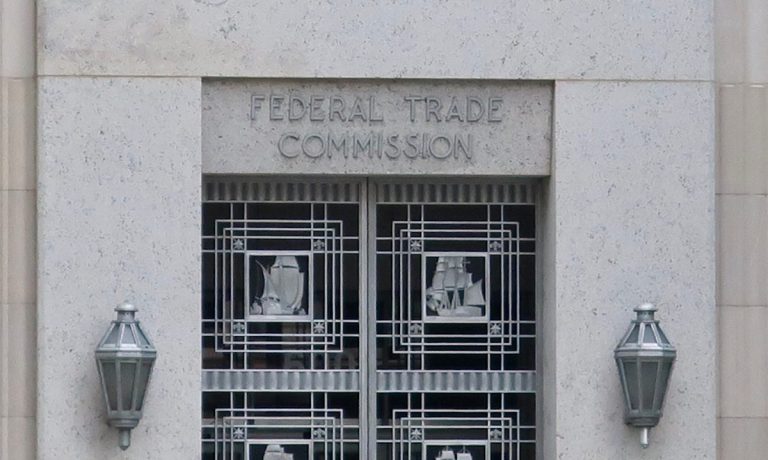
Fraud has become a common concern for consumers, with the Federal Trade Commission (FTC) reporting recently that Americans lost more than $5.8 billion to fraud in 2021, with 2.8 million consumers filing reports.
This figure is a 70% year-over-year increase in fraud compared to 2020, and is still likely only a fraction of the total fraud cases, as many such incidents are unreported.
About half of these fraud cases — 1.4 million — stemmed from identity theft cases, while other popular scams included fraudulent savings and checking accounts, which rose 64% from 2020.
Meanwhile, reports of fraudulent mobile telephone accounts declined by 22%, the FTC said. Younger consumers were likelier to lose money to fraud, with 41% of people aged 20 to 29 being victimized, versus 18% of those ages 70 to 79.
But older people tended to lose more money per incident: The median loss for consumers over 80 was $1,500 per claim, while people in their 70s lost $800 per incident.
The world of cryptocurrency is not immune to its own scams, according to the Better Business Bureau (BBB), which reported recently that cryptocurrency scams were the second-riskiest type in 2021, next to online purchase schemes.
The average dollar loss in each of these scams reached $1,200 last year, far outweighing the average of just $169 per incident in 2020 when crypto scams were ranked the seventh-riskiest.
The BBB said that about two-thirds of consumers targeted by cryptocurrency scams lost money, with most scammers perpetrating schemes that promised their victims a high return on investment. Many of these bad actors used social media to pitch these false investments, often hacking into accounts and scamming the users’ online friends.
To learn more about the possible security concerns associated with cryptocurrencies, download the latest Alternative Payments Tracker, a PYMNTS and Socure collaboration.